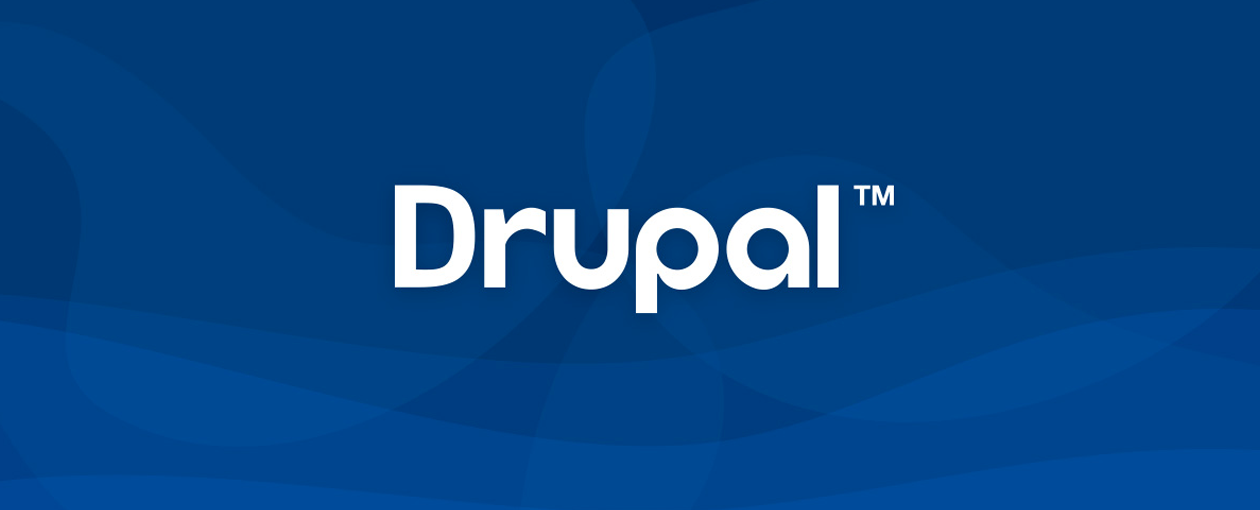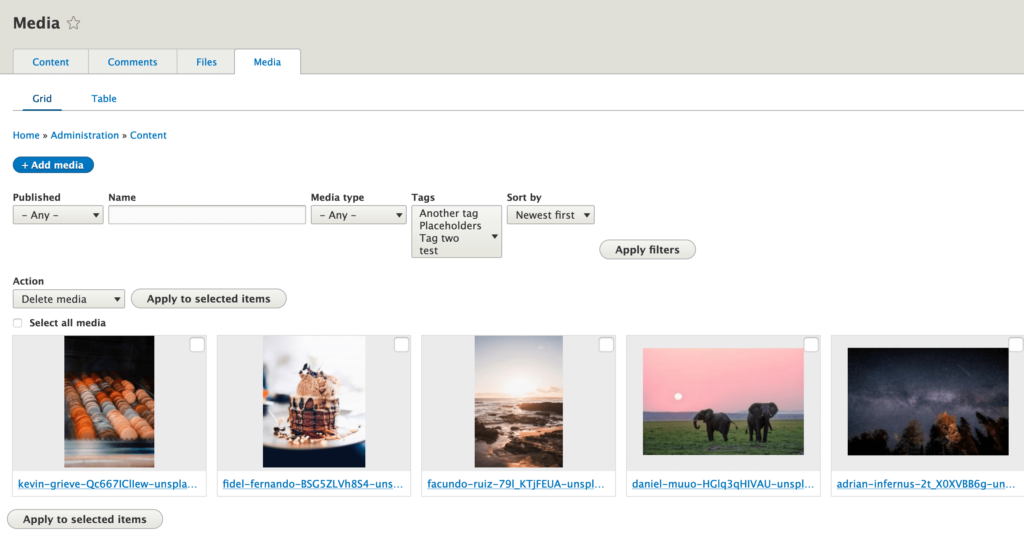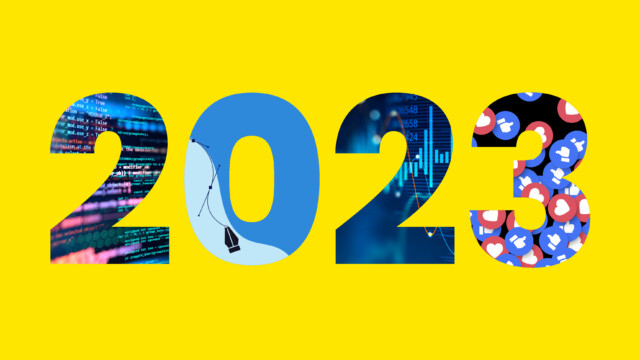What’s new in Drupal

Just a few months ago, Drupal 8.7 was released – bringing several welcome new features. This post takes a look at some of the highlights courtesy of our Technical Director, Paul Liddington.
Layout Builder
A feature expected to be a big hit with clients and content managers is the ability to add more than just text to a page, and create a page from ‘building blocks’, something which has come to WordPress in the form of the Gutenberg project.
In recent years, we’ve utilised plugins like Advanced Custom Fields for WordPress and the Paragraphs module for Drupal to allow pages to be built up of a number of pre-defined blocks or components, allowing for more customisation – whether that’s just for a few landing pages, or most of the site.
But that’s all become gone out the window because now with Drupal 8.7, this type of feature is integrated within the core CMS. The long-awaited addition, Layout Builder, extends on Drupal’s built-in content layout options allowing users to make the layout of different types of content editable. When this is enabled, anyone editing the page can change the layout of the main content area, adding pre-defined blocks and even containers for column-based layouts.
Example of the new Layout Builder in action.
Media
Up until recently, Drupal lacked a few basic features (particularly in comparison to WordPress) when it comes to uploading media whether it be images or other multimedia. As our client websites continue to grow with added content, it’s critical to find a straightforward way to upload, manage and organise it, so this recent feature release for Media modules goes a long way to solving this. Uploaded files are a type of content in themselves, which means they can have their own fields and tags, and can be reused across content that is now all kept in one place. But it’s not quite there yet. The only thing missing is an easy way to place media items within WYSIWYG editors (again, in comparison to WordPress) and we know it’s a feature that’s coming later when the Media Library module becomes more stable so we’ll wait patiently.
Along with Drupal’s super-powerful Views and ability to customise the administration pages, this is a big step in helping us to make large media and content libraries much more manageable for clients.

Example of the new Media Library view, customised with a ‘Tags’ filter.
The Future
All in all, we’ve found Drupal an excellent stable choice for clients needing an enterprise-grade CMS with more power than WordPress and other offerings. Each new release of Drupal 8 brings more stability and module contributors continue to improve the excellent open source ecosystem of additional functionality.
We’re impressed with the future plans for Drupal 8.9 – 9.0 too, with excellent support and security update plans for older versions (6 months of support + 6 months of security updates for each minor version).



